Lichtenberg figures are visually stunning, tree-like patterns created by electrical discharges through insulating materials. These patterns can be surface etchings or embedded within materials, and they resemble natural fractal patterns seen in lightning strikes or river deltas. Their complexity and beauty lie in the randomness and intricacy of the paths taken by the electrical discharge, making each figure unique. The process involves applying a high voltage to an insulating material, which then breaks down and forms a discharge path, leaving behind the characteristic fractal pattern.

✅ AI Essay Writer ✅ AI Detector ✅ Plagchecker ✅ Paraphraser
✅ Summarizer ✅ Citation Generator
Historical Background
German physicist Georg Christoph Lichtenberg first discovered these patterns in the late 18th century when he observed the discharge from a high-voltage electrostatic generator on a dust-covered plate. Lichtenberg’s curiosity led him to record these patterns on paper, marking the first known observation of what would become known as Lichtenberg figures. These early experiments laid the groundwork for future studies in electricity and plasma physics, showcasing the natural beauty inherent in scientific phenomena.
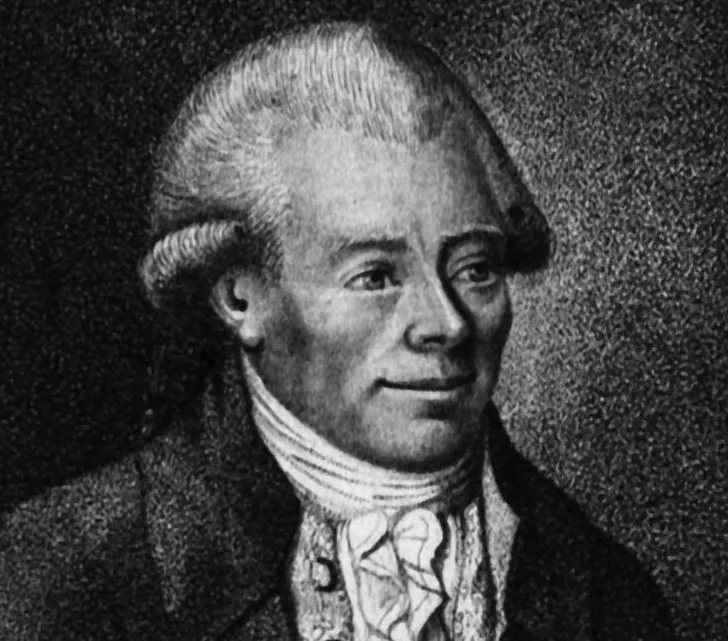
The Science of Lichtenberg Figures
The formation of Lichtenberg figures is a result of electrical breakdown or dielectric breakdown in an insulator. When a sufficiently high voltage exceeds the material’s dielectric strength, an electrical discharge occurs, creating a pathway through the material. This pathway follows fractal geometry, branching out as the voltage seeks a path of least resistance. The figures can be created in several ways, including directly applying high voltage to the surface of an insulating material or by irradiating the material with electrons using a particle accelerator.
Types of Lichtenberg Figures
There are primarily two types of Lichtenberg figures: positive and negative. Positive figures are created from a point source and radiate outward, resembling tree branches or lightning. Negative figures, on the other hand, are more rounded and mushroom-like, resulting from a high-voltage discharge impacting the material from the opposite direction. The difference in appearance between the two types is due to the way electrons and positive charges redistribute and move through the material.
Lichtenberg figures can be created in various insulating materials, with acrylic plastic and wood being among the most common. Each material interacts differently with electrical discharges, affecting the appearance of the final figure. While acrylic allows for the creation of clear, intricate 3D figures visible from all angles, wood burning creates surface patterns that can be enhanced through staining or other woodworking techniques.
Creating Lichtenberg Figures
Creating Lichtenberg figures involves significant risks due to the high voltages required. Safety precautions include wearing protective gear, ensuring a well-ventilated workspace, using proper grounding techniques, and never working alone. Understanding the properties of the materials and the equipment is crucial to prevent accidents such as electric shocks or fires.
Equipment and Materials
- high-voltage power supply
- conductive solution or electron beam source
- material—acrylic, wood, or another insulating substrate
Step-by-Step Guide
- Preparation: Begin by choosing a clean, dry piece of material. For wood, applying a conductive solution can help guide the discharge.
- Safety Check: Ensure all safety gear is worn, and the work area is safe.
- Applying Voltage: Carefully apply high voltage to the material. For wood, this involves brushing or spraying the surface with a conductive solution before applying the electrodes. For acrylic, the process may involve using a particle accelerator to embed electrons within the material.
- Discharge and Creation: Once the voltage is applied, the discharge will begin to form the Lichtenberg figure. The process may take anywhere from a few seconds to several minutes, depending on the material and voltage.
- Finishing Touches: After the figure is created, additional steps such as cleaning, sanding, or sealing may be necessary to preserve and enhance the figure.
Safety considerations
Exploring Lichtenberg figures combines art and science, revealing the incredible complexities of natural patterns through the prism of electrical occurrences. However, this interesting research has its own set of concerns, mostly due to the high-voltage equipment necessary to generate these data. The beauty of these electrical discharges, although alluring, obscures the possible risks associated in their formation, making safety precautions vital.
Whether you’re a seasoned professional working in a controlled environment or an enthusiastic hobbyist venturing into the creation of Lichtenberg figures for the first time, understanding and respecting the power of electricity is crucial. This section of the guide is dedicated to providing you with the necessary knowledge to manage the risks, ensuring that your creative exploration of electrical patterns is safe and rewarding. From the essential safety gear to the protocols for emergency situations, every aspect of safety is covered to minimize the risks and protect you from potential hazards.
| ⚡️ Risks of High Voltage |
The primary risk in creating Lichtenberg figures is the high voltage required, which can lead to serious injuries or death. Understanding and respecting the power of electricity is essential, and comprehensive safety measures must be in place to mitigate these risks. |
| ⛑️ First Aid and Emergency Procedures |
Knowledge of first aid and emergency procedures is vital when working with high voltage. This includes knowing how to treat electrical burns and shocks and having a plan for quickly disconnecting power and seeking medical assistance in case of an accident. |
| 💼 Legal and Ethical Considerations |
Adhering to local laws and regulations regarding the use of high-voltage equipment is necessary to avoid legal issues. Additionally, ethical considerations include ensuring the safety of oneself and others, as well as responsibly disposing of or recycling materials used in the creation process. |
Advanced Techniques and Variations
The creation and display of Lichtenberg figures are not limited to the initial electric discharge process. Artists and creators have developed advanced techniques to further enhance the beauty and appeal of these natural patterns. Two such innovative approaches involve coloring and enhancing Lichtenberg figures and combining them with other art forms. These methods not only add a new dimension to the artwork but also bridge the gap between science and art, offering endless possibilities for creativity and expression.
Coloring and Enhancing Lichtenberg Figures
The intricate, fractal nature of Lichtenberg figures makes them stunning to behold, and adding color can take their visual appeal to the next level. There are several techniques to achieve this:
- Dyeing: This method involves infusing the Lichtenberg figures with colored dyes after the electrical discharge process. By carefully selecting dyes that complement the natural patterns, artists can highlight certain aspects of the figure or create a vibrant contrast that accentuates the depth and complexity of the design. For wood-based figures, this might involve brushing or soaking the wood in dye, whereas acrylic figures could be filled with colored resins.
- Colored Lighting: Another approach is to use external lighting to color the figures. This can be particularly effective with transparent materials like acrylic, where LED lights can be placed beneath or behind the piece to illuminate the etched patterns. The light not only brings out the details of the figure but can also change its appearance based on the angle of view, creating a dynamic piece that interacts with its environment.
- Painting: For a more hands-on approach, some artists choose to manually paint the Lichtenberg figures. This requires a delicate touch to ensure the natural beauty of the patterns is not overwhelmed. The painting can be used to highlight certain branches or areas of the figure, or to add a backdrop that makes the figure stand out.
Combining with Other Art Forms
Lichtenberg figures offer a unique texture and pattern that can complement a variety of art forms. By integrating these electrical patterns into larger artworks, creators can produce mixed-media pieces that are both innovative and captivating.
- Sculpture: Lichtenberg figures can be incorporated into sculptures to add an element of unpredictability and natural beauty. For instance, a sculptor might integrate acrylic blocks with Lichtenberg figures into a larger metal or stone sculpture, creating a juxtaposition between the organic patterns and the structured form of the sculpture.
- Painting: Artists can also use Lichtenberg figures as a component of a painting. This might involve creating a background or a focal point within a painting that features Lichtenberg patterns, either by directly creating the figures on the canvas or by attaching materials like wood or acrylic with the figures etched into them.
- Woodworking: In woodworking, Lichtenberg figures can be used to enhance furniture, decorative items, or even musical instruments. The electrical patterns can add a unique, natural aesthetic to wooden pieces, making them stand out as one-of-a-kind artworks.
- Jewelry Making: Smaller Lichtenberg figures created in acrylic or other materials can be turned into jewelry. Encased in metal or combined with other elements, these pieces bring the beauty of electrical patterns to wearable art.


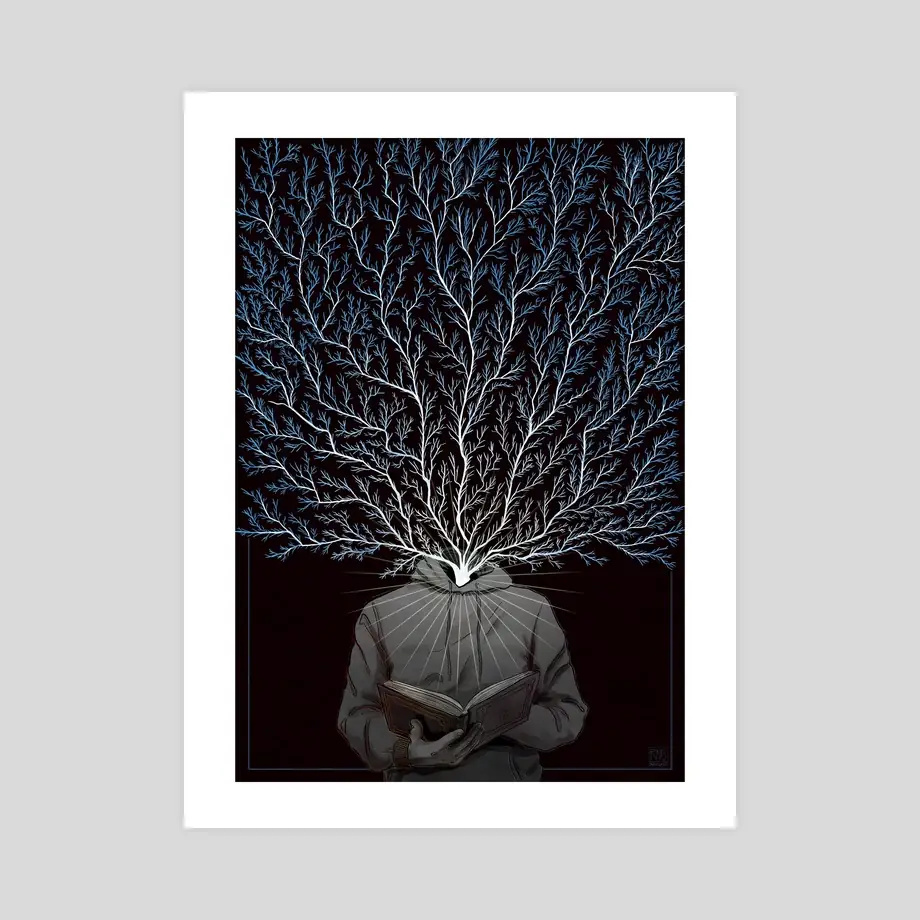
These advanced techniques and variations showcase the versatility of Lichtenberg figures as a medium for artistic exploration. Whether through the addition of color, the use of lighting, or integration with other art forms, these methods open up new avenues for creators to express their vision, blending the unpredictable beauty of nature with human creativity.
Conclusion
Lichtenberg figures represent a beautiful intersection of science and art, offering both visual appeal and insight into the nature of electrical phenomena. Whether created for artistic, educational, or practical purposes, these figures highlight the intricacy and unpredictability of nature’s patterns.
FAQ
Follow us on Reddit for more insights and updates.


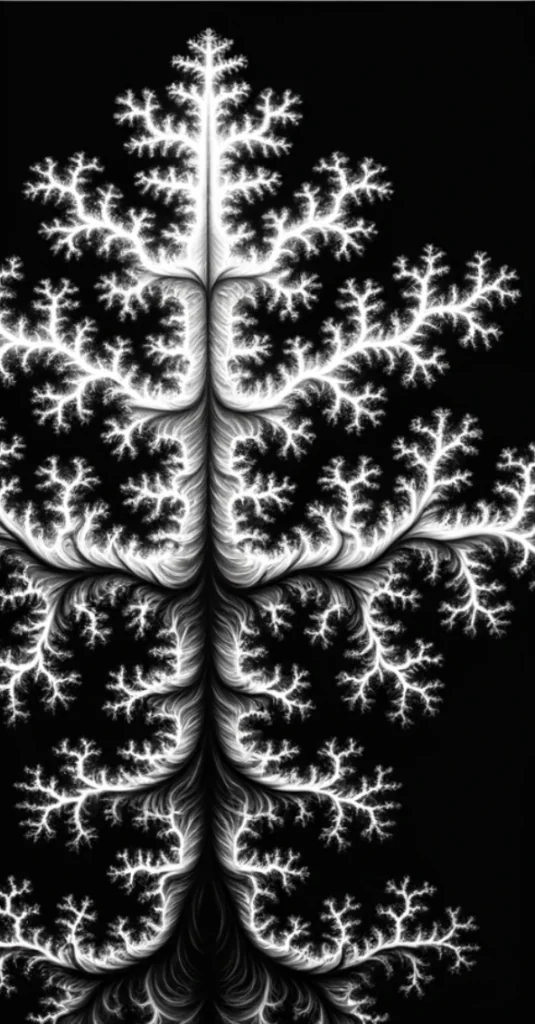
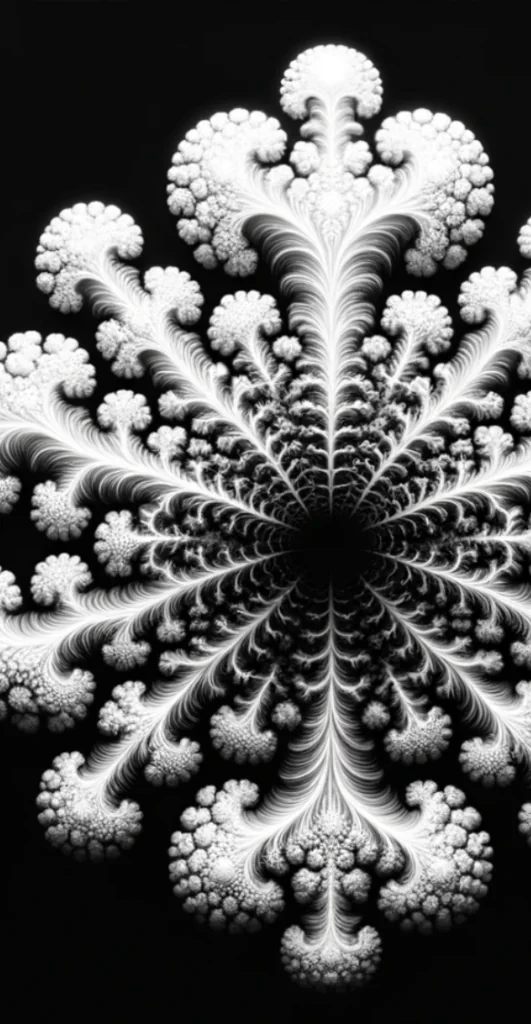

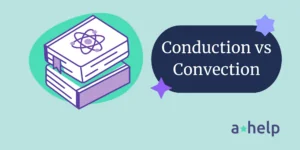

Comments (0)
Welcome to A*Help comments!
We’re all about debate and discussion at A*Help.
We value the diverse opinions of users, so you may find points of view that you don’t agree with. And that’s cool. However, there are certain things we’re not OK with: attempts to manipulate our data in any way, for example, or the posting of discriminative, offensive, hateful, or disparaging material.